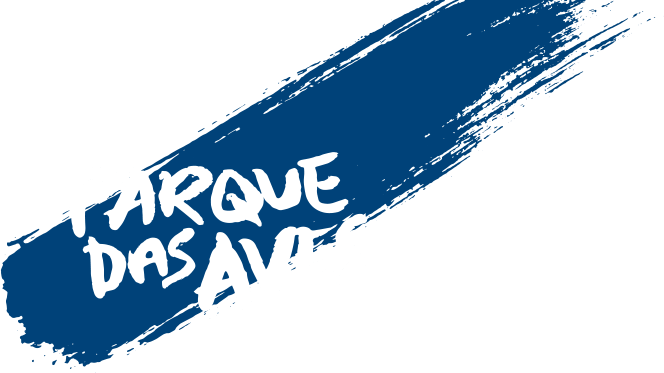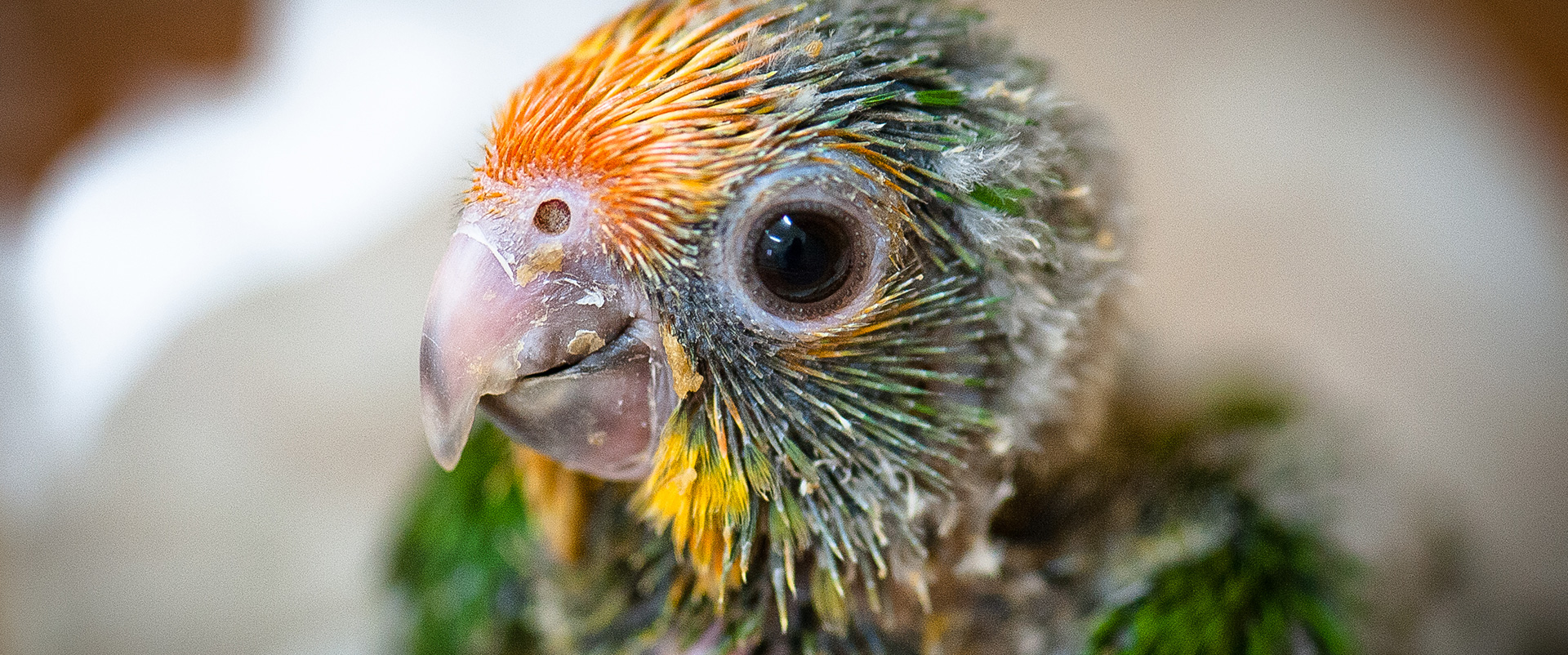
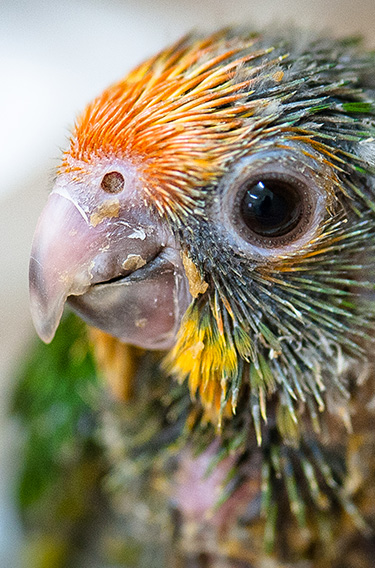

REPRODUCTION FOR CONSERVATION
We work strategically with reproductive management to create a positive impact on populations of species in nature.
We work to create strategic plans for species within the scope of reproduction for conservation. Furthermore, the animals born inside Parque das Aves are available for reintroduction projects or for re-stocking. Partnership proposals with projects approved by competent environmental organs with experienced staff and a good methodology are always welcome, and the Park has already sent birds of various species for reintroduction projects.
The spacious aviaries at Parque das Aves aim to create conditions in which birds ceded for reintroduction projects can be in physical condition and in good behavior for release, maximizing their chance of survival in their natural habitat.

 |
REPRODUCTION FOR CONSERVATION |



We work strategically with reproductive management to create a positive impact on populations of species in nature.
We work to create strategic plans for species within the scope of reproduction for conservation. Furthermore, the animals born inside Parque das Aves are available for reintroduction projects or for re-stocking. Partnership proposals with projects approved by competent environmental organs with experienced staff and a good methodology are always welcome, and the Park has already sent birds of various species for reintroduction projects.
The spacious aviaries at Parque das Aves aim to create conditions in which birds ceded for reintroduction projects can be in physical condition and in good behavior for release, maximizing their chance of survival in their natural habitat.
Jacutinga Project and the reintroduction of the Black-fronted Piping-Guan
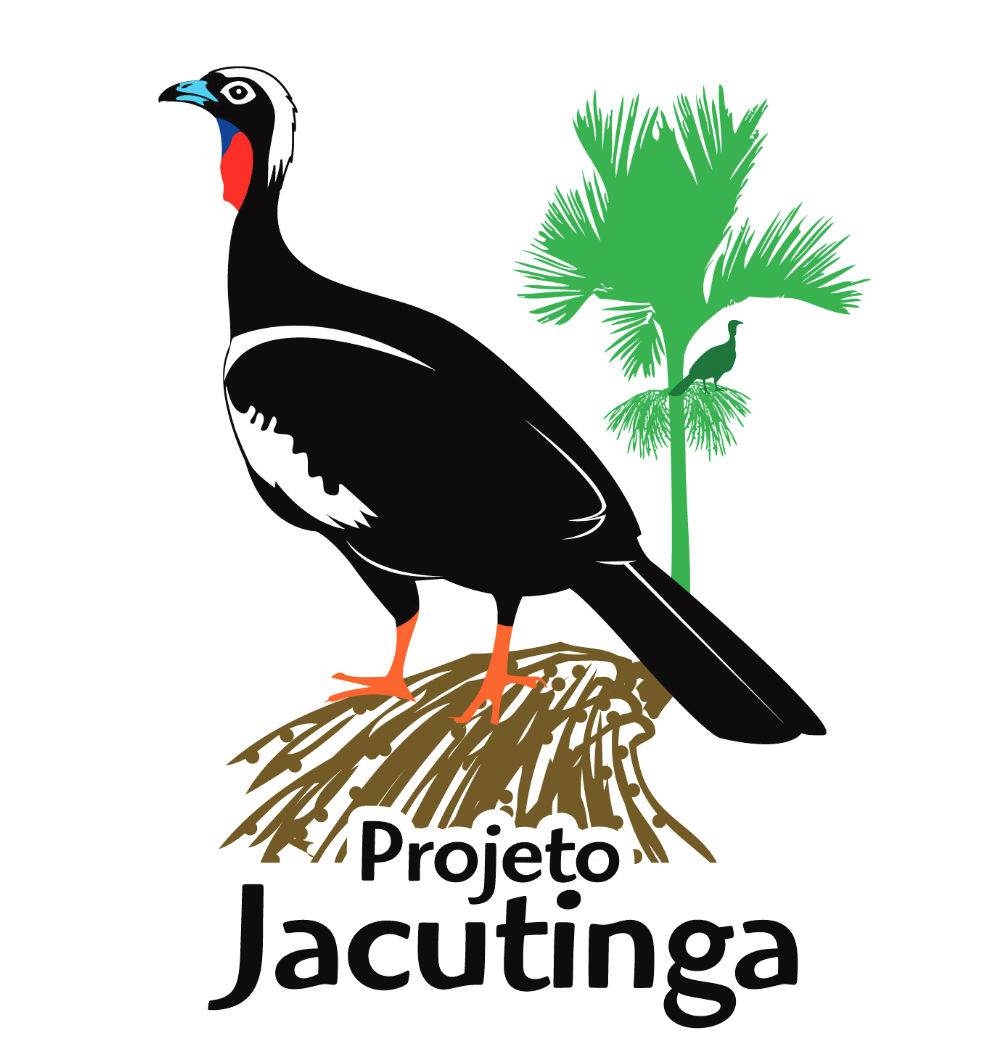
The Black-fronted Piping-Guan (Aburria jacutinga) is a species threatened with extinction mainly due to hunting and degradation of their environment, but also because of the indiscriminate exploitation of the juçara palm tree, a major food source for the Guan.
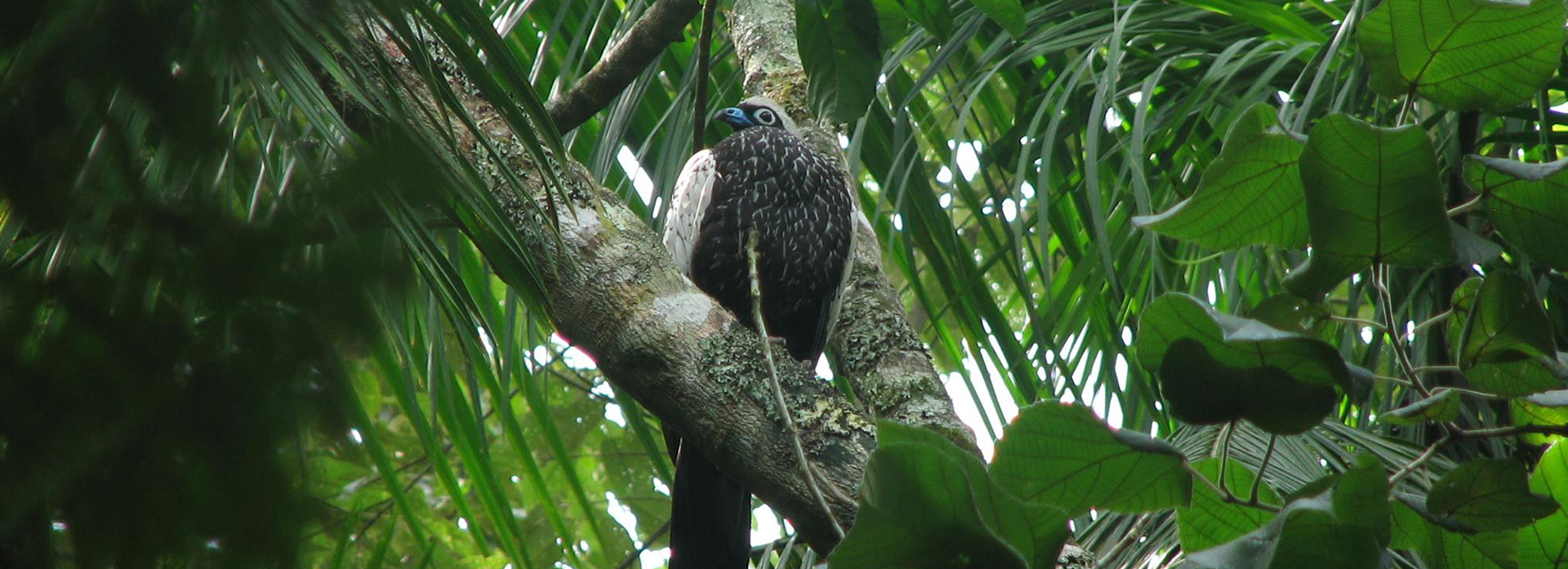
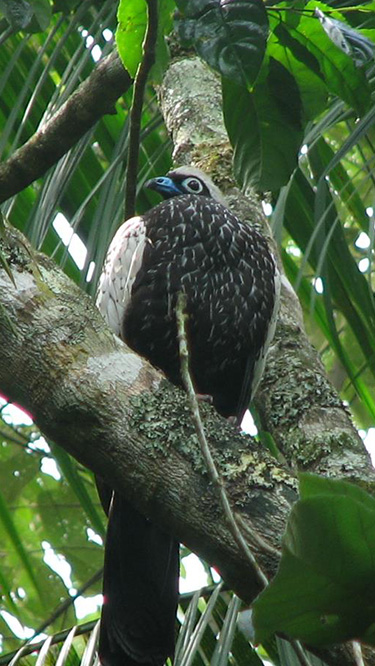
The Jacutinga Project is an initiative of SAVE Brazil (Society for the Conservation of Birds in Brazil). It was launched in 2014 under the coordination of Alecsandra Tassoni and its aim is to implement a reintroduction and monitoring program of black-fronted piping-guans based on scientific research, education, and joining efforts with environmental inspection agencies. The reintroduction of the birds will first take place at the Serra da Mantiqueira, a region of São Francisco Xavier, in Caraguatatuba, and also in Rio de Janeiro.
The protocol of releasing and post-release monitoring, which involves preparing the birds, releasing them, and post-release monitoring, was developed and tested. The Project also works with the involvement of local communities with the issue of conservation of the black-fronted piping-guan, preparing educational material, and working with local schools.
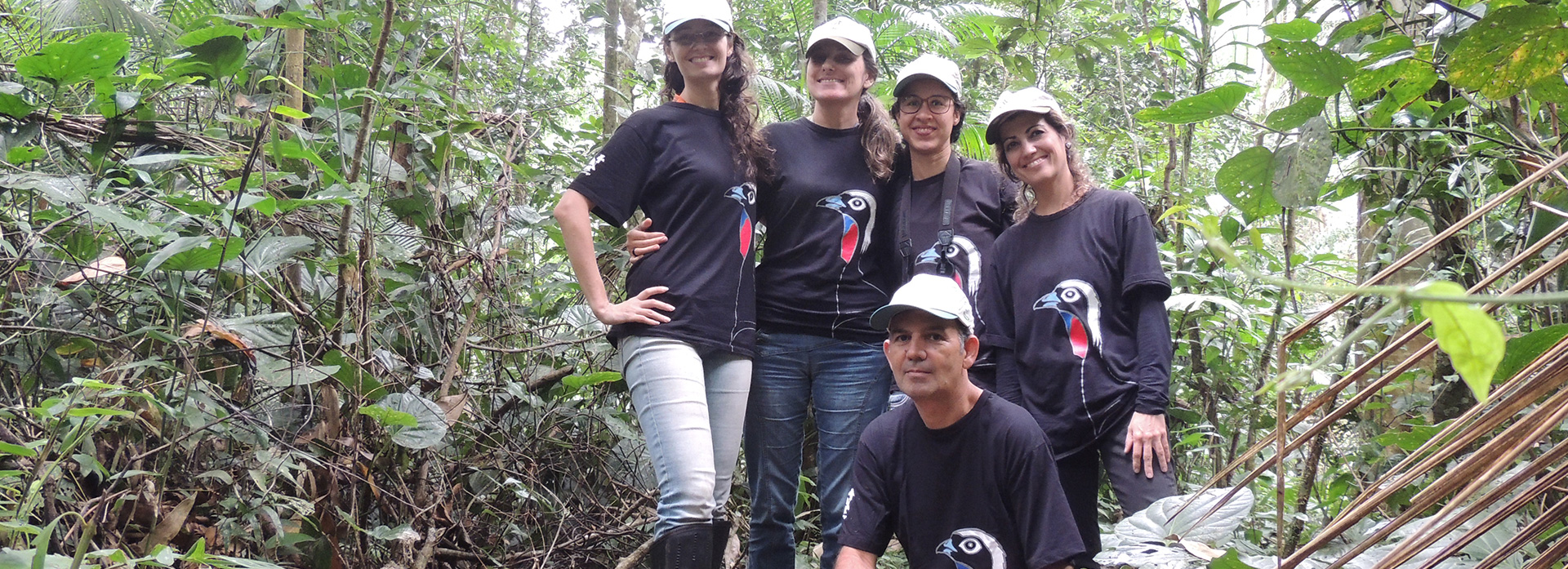
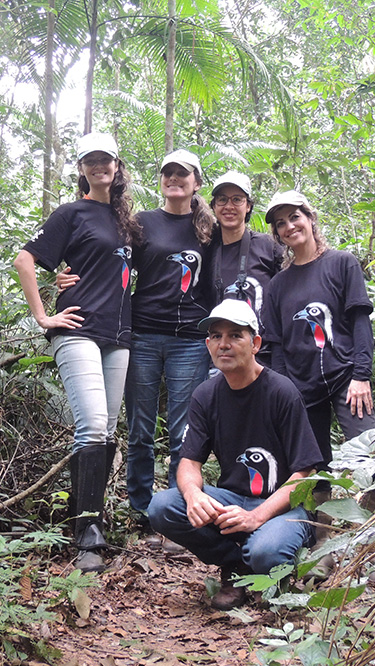
Parque das Aves became the partner of the Jacutinga Project and sends for release birds that were born in the Park and are selected for having a proper profile that gives them a greater chance of survival in nature. In 2017, the black-fronted piping-guan named Mimi was sent to the Project and now lives in the Atlantic Rainforest in the Serra Mantiqueira. The Park will continue to reproduce the species so that more black-fronted piping-guans can be released through this project. Parque das Aves also supports the Project’s team by exchanging knowledge, training, promotion, and raising funds.
The Alagoas Curassow
The Alagoas curassow (Pauxi mitu) has been extinct in the wild since the 1970s and its recovery depends on the success of it breeding under human care. There are currently about 250 of these birds in the world. Parque das Aves integrates the Alagoas curassow program within the National Action Plan for the Conservation of the Alagoas Curassow from ICMBio, whose aim is to reproduce the species and reintroduce it in Alagoas.
In June 2015, Parque das Aves received its first 10 couples of Alagoas curassows and since that year it has obtained a great reproductive success with more than 20 chicks born. In addition to being the first zoo in the world to reproduce, maintain, and present to the public the species, Parque das Aves has contributed to the national plan not only by reproducing the birds, but also refining the management protocols, offering its expertise in reproduction and working to educate its visitors about the species.
Learn more about the threats that affect the Alagoas Curassow here.
CLICK ON THE LINKS BESIDE AND LEARN MORE
 Every day from 8:30am to 4:30pm
Every day from 8:30am to 4:30pm Prices
Prices


